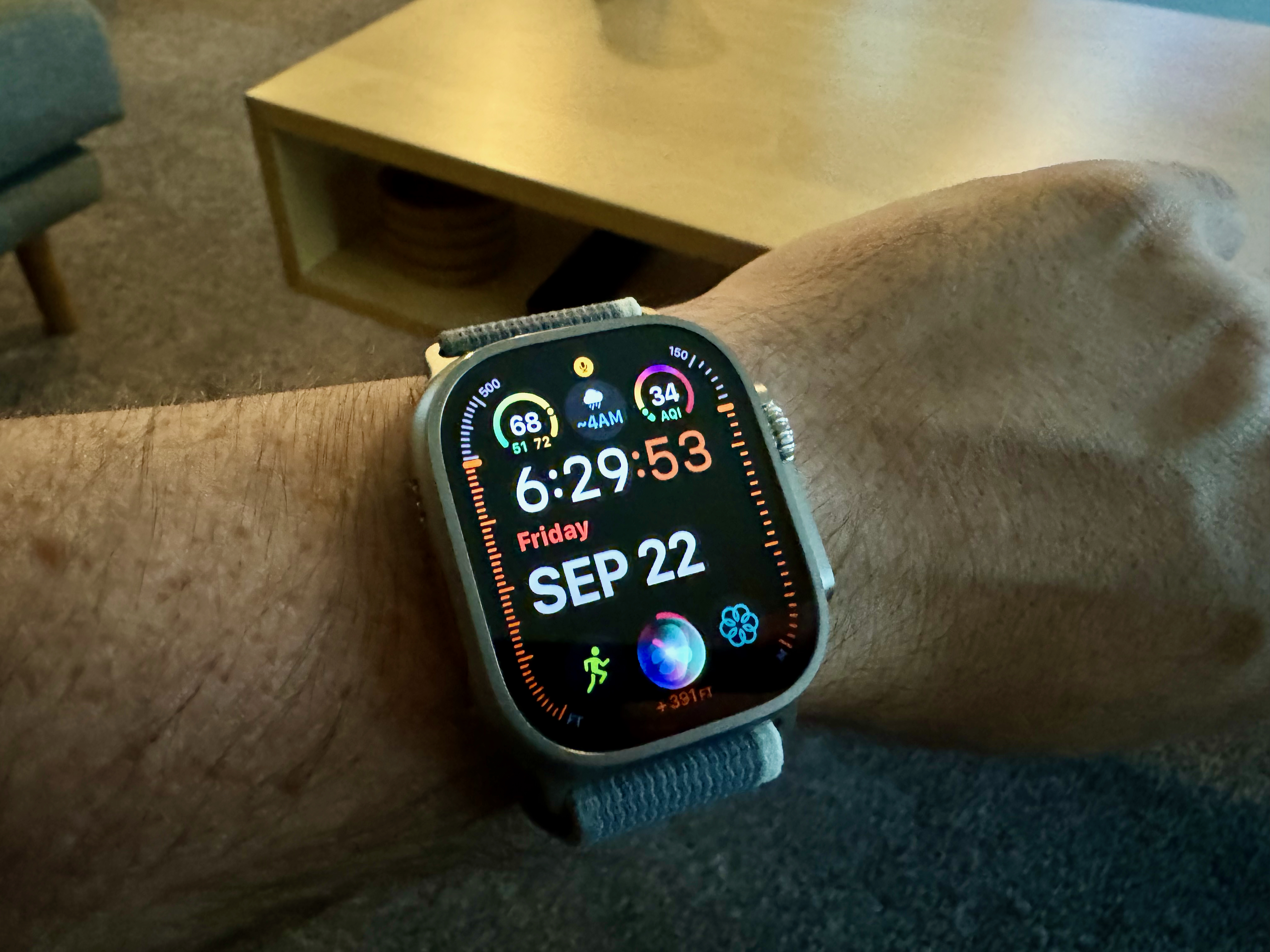Late last year, Apple announced it would stop selling the Apple Watch Series 9 and Apple Watch Ultra 2 in the US as the International Trade Commission (ITC) issued a ban on the two devices. The watches were found to infringe pulse oximetry patents from Masimo, hence the ban. The Biden administration chose not to veto the ruling, and the ban seemed inevitable.
However, the Court of Appeals for the Federal Circuit saved Apple by accepting an interim stay on the ban as the court reviewed Apple’s request for a full stay for the duration of its appeal. Apple was free to resume Apple Watch Series 9 and Ultra 2 sales.
Soon after news of the imminent ban came out, reports said Apple was already working on deploying a fix so it could continue to sell the Apple Watch Series 9 and Ultra 2. Fast-forward to mid-January, and that fix might be something many fans could have foreseen. Apple will reportedly drop the Blood Oxygen app from the two Apple Watch models, removing the pulse oximetry feature from the wearable.
But do we really need it in the first place?
News of the change came from Bloomberg, which claimed Apple would remove the feature from the two flagship watches to avoid a ban.
A filing from Masimo’s lawyers that 9to5Mac saw confirmed Apple’s solution to the problem. The document is light on details, however, following Apple’s confidentiality claims.
On Friday, January 12, the Exclusion Order Enforcement Branch (EOE) of US Customs and Border Protection decided that Apple’s redesign falls outside the scope of the remedial orders in the ITC Investigation underlying Apple’s appeal.
In Apple’s request under 19 CFR Part 177 (in a portion it did not identify as confidential), Apple explained “that its Redesigned Watch Products definitively (i) do not contain pulse oximetry functionality…” Because Apple has maintained that certain information in the EOE proceeding is confidential, Masimo does not provide a copy of the decision with this letter. Currently, no public version of the decision exists.

Apple told the blog that the Apple Watch Series 9 and Ultra 2 will remain available with blood oxygen readings support while the US appeals court considers a permanent stay during the ITC appeal period.
Separately, Masimo provided MacRumors a comment on Apple’s change:
Apple’s claim that its redesigned watch does not contain pulse oximetry is a positive step toward accountability. It is especially important that one of the world’s largest and most powerful companies respects the intellectual property rights of smaller companies and complies with ITC orders when it is caught infringing.
Do we really need blood oxygen readings on the Apple Watch?
Should Apple remove the pulse oximetry features from the Apple Watch Series 9 and Ultra 2, will anybody miss it? Don’t get me wrong, I’d want blood oxygen measurements from a wearable device. I’d have especially wanted it during the height of the COVID pandemic when we all stocked on pulse oximeters.
But the Apple Watch can’t really offer continuous, passive blood oxygen readings like it does with heart rate measurements. By that I mean that background measurements might not be that accurate, as you have to be standing still. The more active you are, the fewer the background readings.
You have to stand still and take a blood oxygen reading with the Blood Oxygen app as well. It’s unclear if battery life constraints dictate how the feature works. Or whether Apple would need FDA approval before shipping a more complex version.

Unlike the EKG functionality, the blood oxygen feature on the Apple Watch doesn’t need FDA clearance. Apple is describing it as a wellness feature, not a medical-grade feature that can help diagnose and monitor health conditions.
Maybe that’s not immediately clear to most consumers. But it’s why I don’t care much about the blood oxygen reading capabilities of the Apple Watch. Why I went for the Apple Watch Series SE 2 instead of a Series 8 or Ultra last year.
Put differently, if I’d have to track blood oxygen for medical reasons, I would not use an Apple Watch, regardless of the ban.
I’ll also point out that regardless of what happens in the US, Apple will continue to sell the Apple Watch Series 9 and Ultra 2 internationally.
While it might look like Apple is simply buying time with its appeals until the 2024 Apple Watch models roll along, I’ll point out that Apple won’t be able to include pulse oximetry features in those US-bound models if its patent fight with Masimo isn’t done by then. That is, if Apple can’t figure out different technology to circumvent Masimo’s way of measuring blood oxygen.








